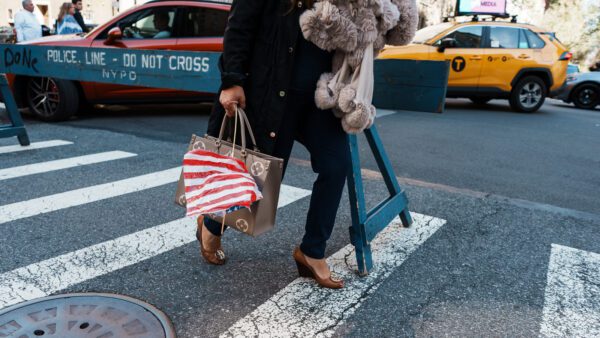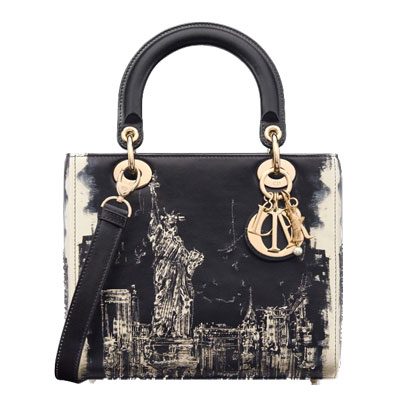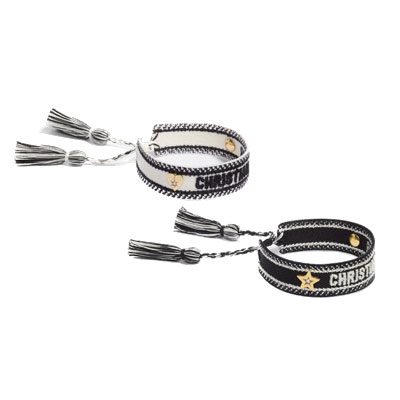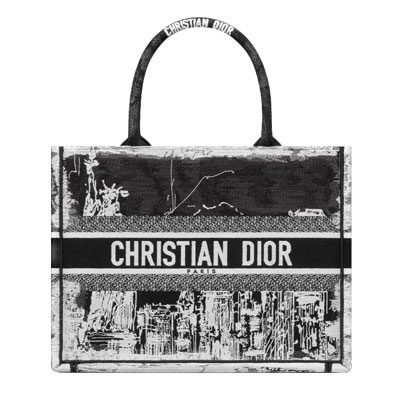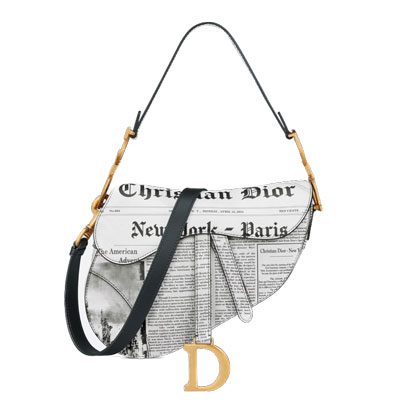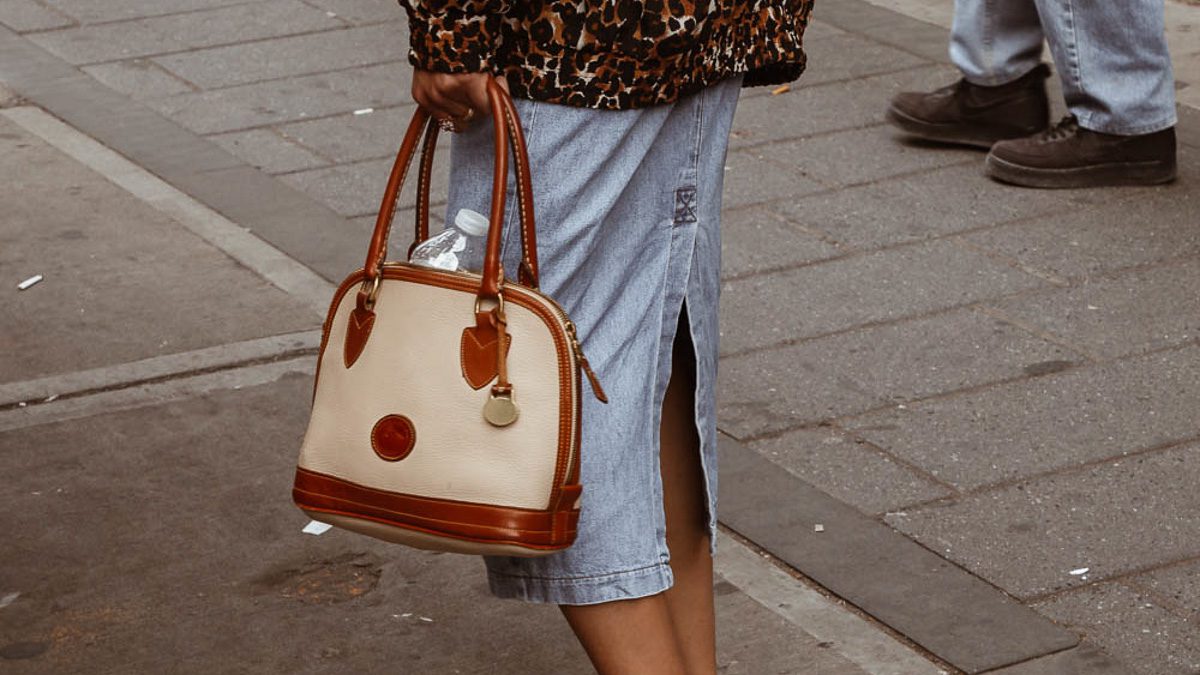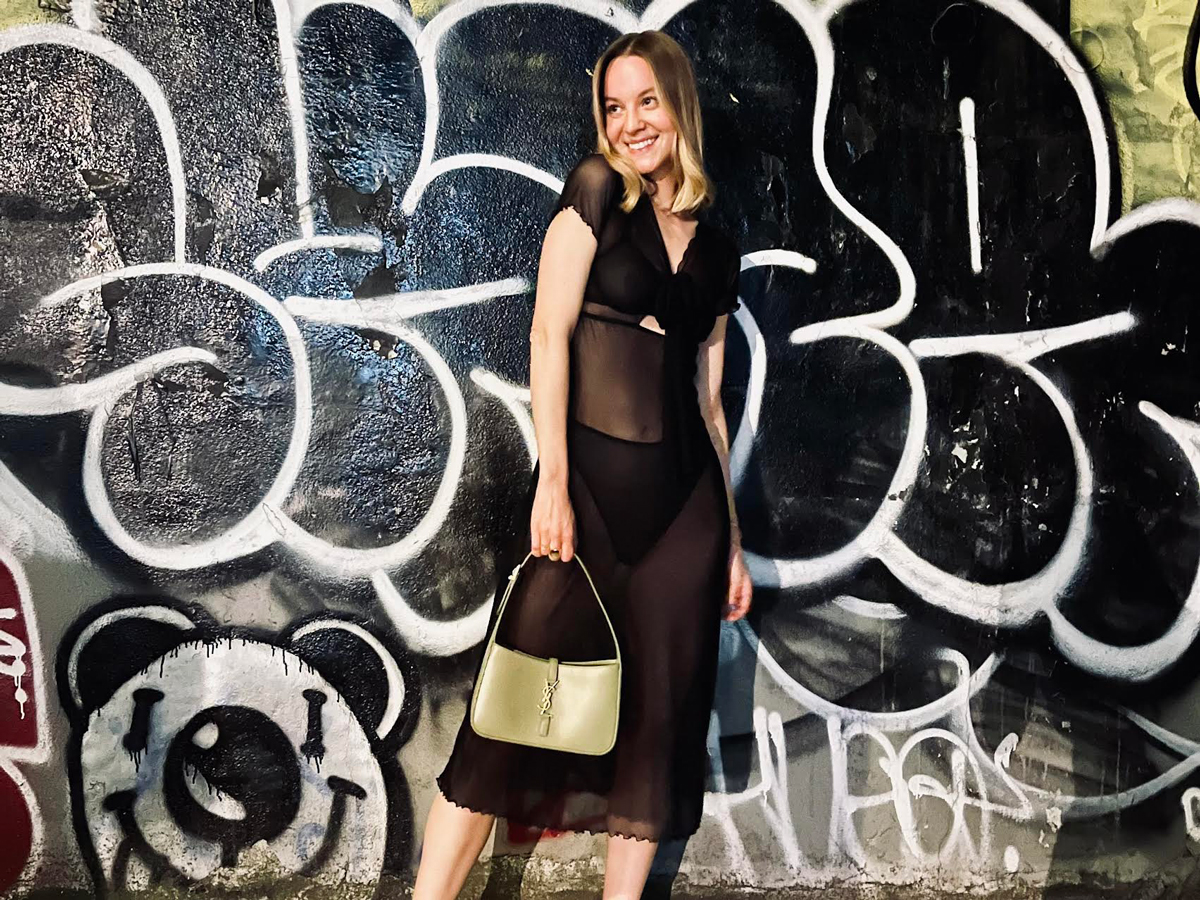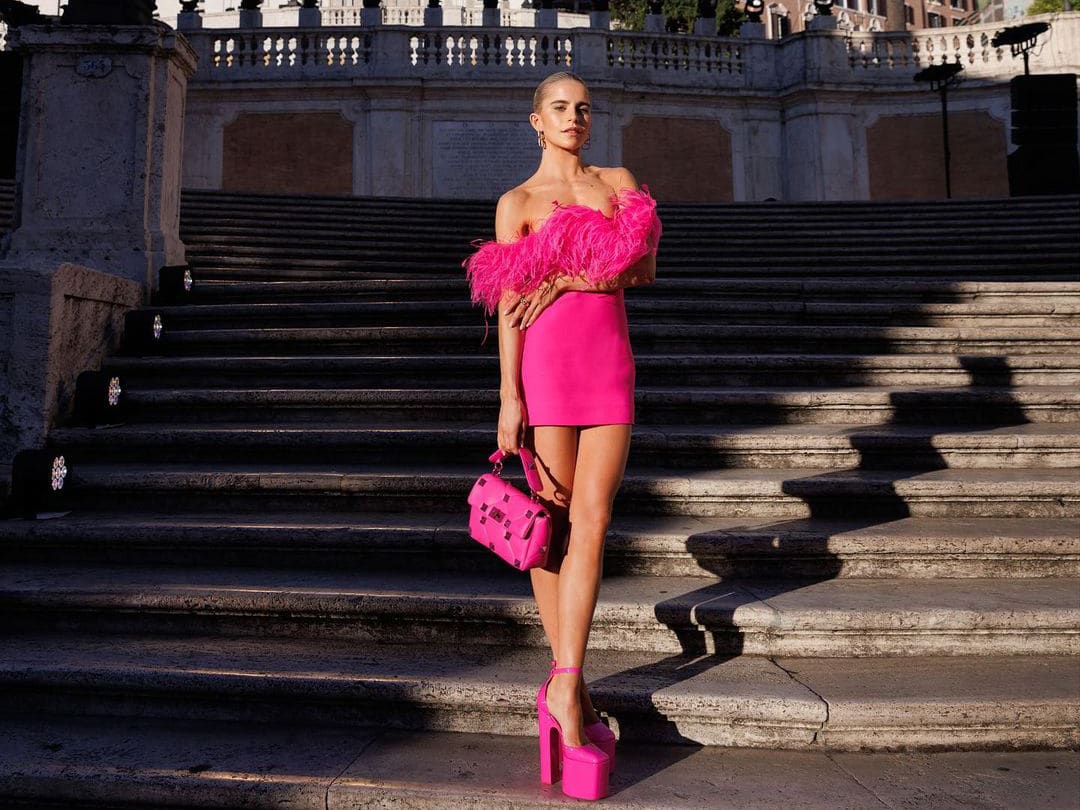What, exactly, makes a bag timeless? Turns out, it’s about a mix of both predictable and surprising factors. You might mistakenly think, perhaps, that the more expensive the purse, the higher the chance it will stand the test of time. That is actually not the case—at least not according to Sadie Cherney, owner of three Clothes Mentor re-sale stores across the United States.
“Sometimes, we get people who have moved here from Europe and they’ll have some very high-end brands that are just not as popular over here,” she says while discussing some of her vintage finds. “And we struggle to sell those.”
According to the expert, a slew of other elements—from the color of a bag to its functionality and, of course, brand recognition—really affect the sustained value of the sorts of products she deals with.
Below, we assess the very things that contribute to the lifespan of a bag, a characteristic intricately involved in a purse’s resale value, its physical durability but also its sustained “fashionability” throughout the years.
Material
Although Cherney believes that leather is one of the most durable materials out there—therefore guaranteeing the product’s relatively longer physical longevity—the expert suggests that, if not properly taken care of through conditioning and cleaning, it could potentially very easily wear out. “I would say that wax canvas is another incredibly durable choice,” she says.
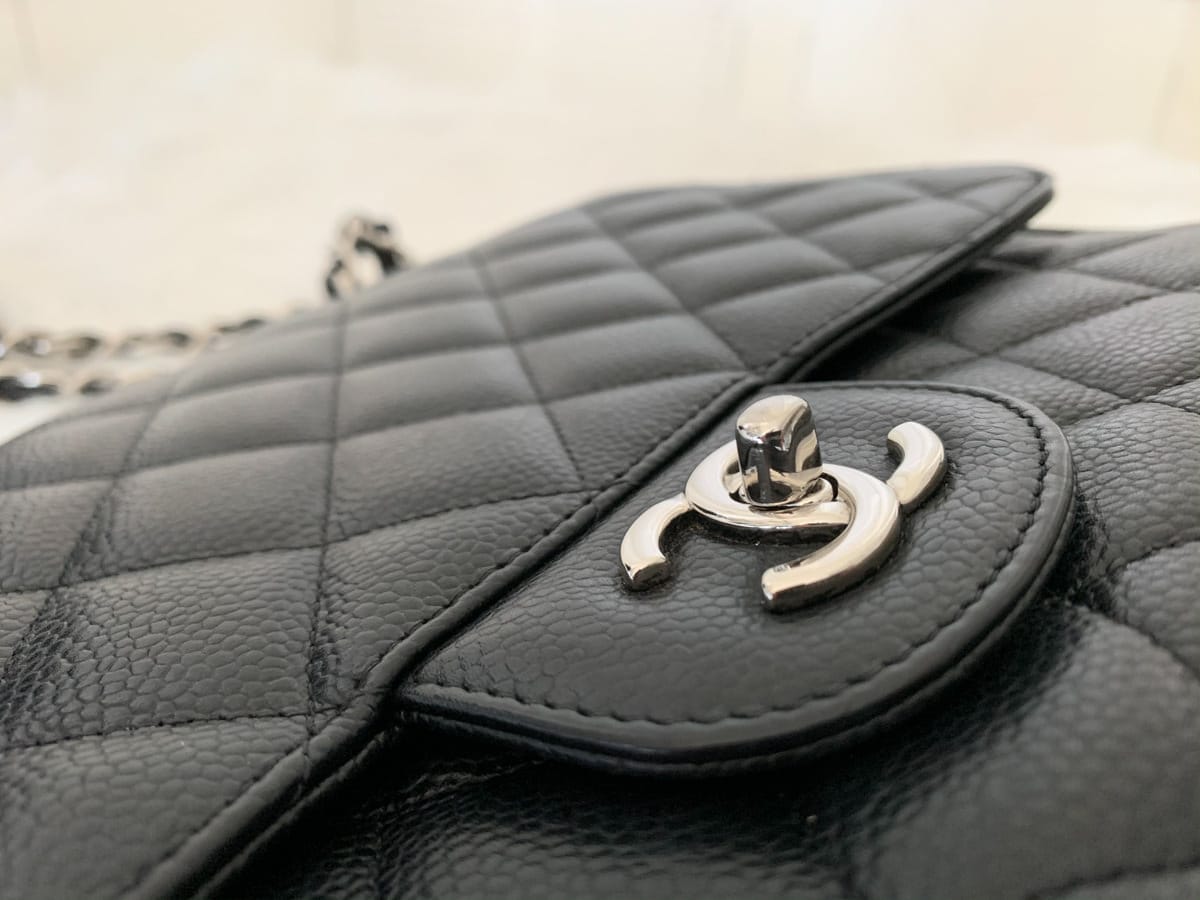
Cherney mentions Chanel flap bags, both vintage and new, as the emblems of durability and beauty in terms of material. “A lot of those bags have leather finishes on them—whether caviar or lambskin—that just feel incredible,” she explains, complimenting the creators of the purse on their ability to construct a product that doesn’t wear out too easily.
Storing Methods
The durability of a material is directly connected to the way a product is stored while not in use. The best way to store a purse is to keep it in its designated dust bag while not worn. If unable to secure one, find a cotton or breathable fabric to wrap it in before placing it in your closet.
Speaking of your closet: Try your best not to squeeze all your purses into tight spaces, but, rather, let them breathe.
Cherney mentions that one of the most common ways to reduce the lifespan of a bag involves its storage. Especially if living in tight quarters, folks tend to use off-site storing options that make use of “Rubbermaid totes or containers to stack their bags.” That, she says, is a big no-no.
One more thing: each type of purse requires a certain repository system. Cherney uses patent leather bags as examples. If placing them near normal top-grain leather finished products, beware of the dye from the latter seeping into your patent leather goodie. “That’s a really common mistake,” she warns.
Washing and Cleaning Methods
You might not regularly clean your bag but, perhaps, after hearing what Cherney has to say you will. If you’re dealing with any sort of stain—from a spillage at a restaurant, for example—use a damp cotton cloth to wipe the dirt off. Although Cherney acknowledges that plenty of bloggers and influencers recommend the use of Meyer’s or some other glycerin-based saddle soaps, she finds that—especially when dealing with leather—said products tend to dry out the bag. Hence her devotion to a cleaning and conditioning combination that involves more lotion-like substances, which she says you can easily find online.
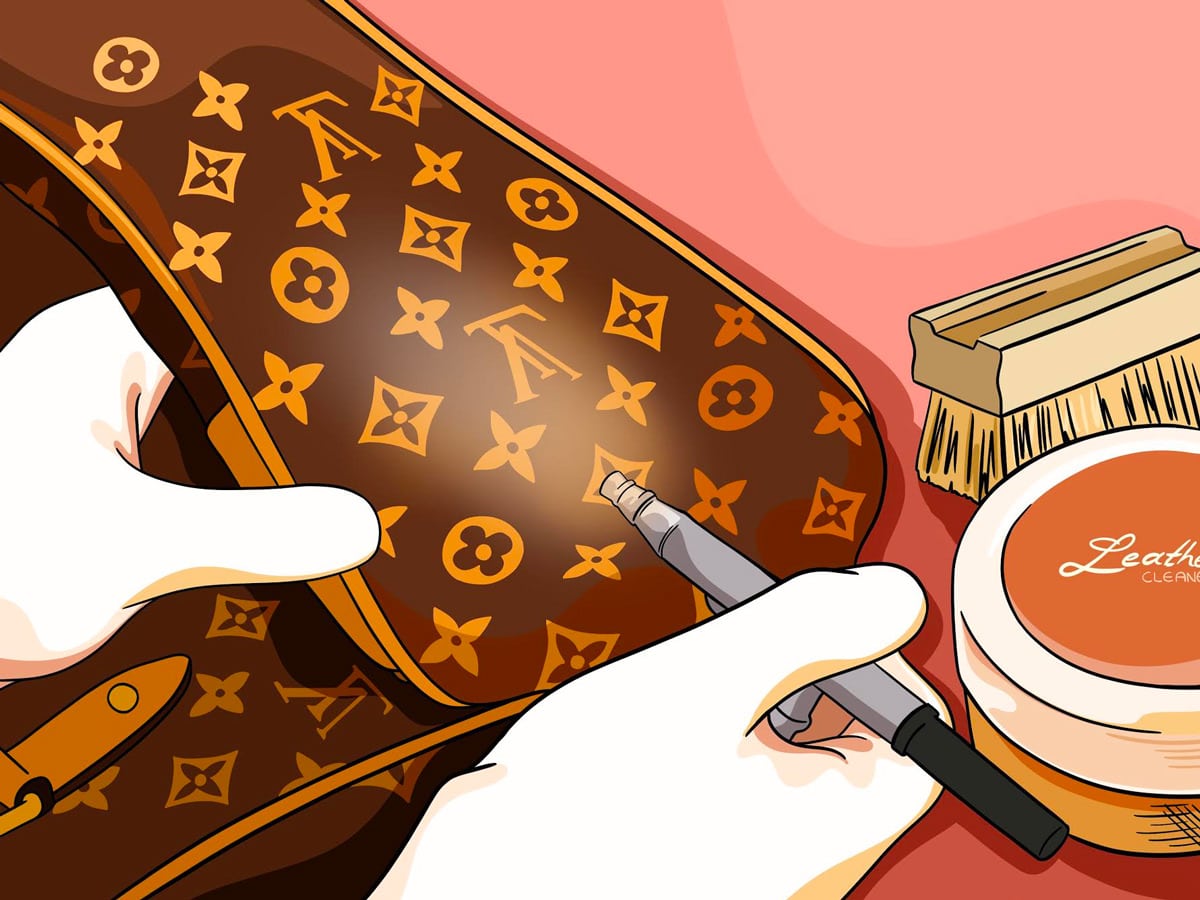
Style
Although proper care clearly goes a long way when it comes to extending the lifespan of a bag, its timelessness also has a lot to do with the actual style of the product. As fads and trends roll in and out of the fashion world, are there any specific ones that have stood the test of time? According to Cherney, yes.
“Every year, you’ll have some statement bag that comes out that’s really popular,” she says. “This year, we saw a lot of those big boxed woven bags and I think you may see those really strongly for a year but the [purses] that we see classically time and time again have some shape to them,” she says. The Prada straw bag, for example, might seem timeless in 2020 and might still be in style come 2021, but the product is clearly an of-the-time one that will likely not translate as successfully in a few years.
Cherney mentions that bags with “shapes to them” tend to be more classic than others. “They’re structured bags and they’re not boasting such a strong shape that you associate them with a time period so they’re not something you think everybody has got to have right now,” she says. The more understated the bag, it seems, the likelier it is that you’ll use it forever.
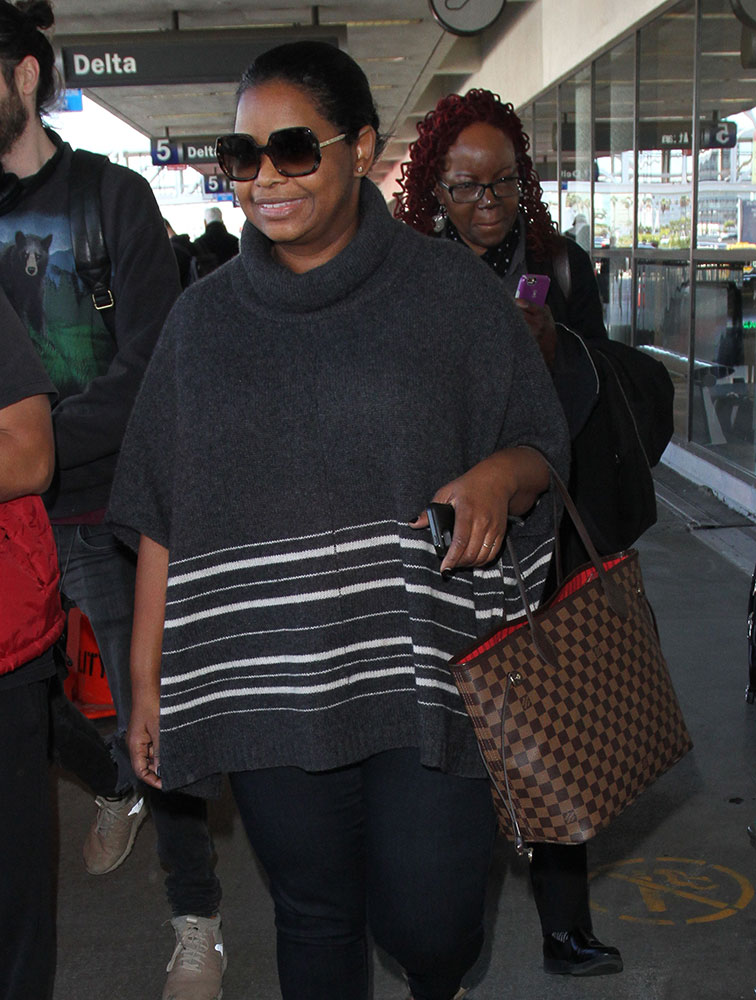
Some examples of iconic bags that have remained popular throughout the decades and have therefore not lost monetary value include the Louis Vuitton Neverfull tote and—albeit belonging to a different price point—the Hermès Birkin bag. Of the latter, Cherney says: “It’s a really good example of the kind of timeless shape that I’m talking about. It is structured but it also flips over and closes so it’s something that would be very easy to keep organized inside. You could keep your entire day inside of it but it’s still so structured and beautiful.”
Functionality
The function of a purse is intricately connected to its style. The above-mentioned Hermès Birkin bag, for example, is stylish because of its structured functionality. The brand’s Kelly bag falls within the same category.
The Louis Vuitton mini pochette, on the other hand, illustrates the direct opposite of functionality. Although it’s a great going-out purse, it is simply not as useful in the daytime. “Those don’t hold value over a long period of time for us the way that some of the bigger bags do,” says Cherney.
The Gucci bowling ball bag also suffers from the same drawback: although incredibly creative and boasting the sort of craftsmanship that only brands the caliber of Gucci can be proud of, the bag simply doesn’t have a long lifespan because, in Cherney’s words, “it doesn’t have that useful factor that will allow somebody to enjoy it frequently.”
Interestingly enough given their relatively lower price point, Cherney mentions certain Coach bags as retaining their value just as much as more expensive Gucci and Louis Vuitton options—mostly because of their high functionality. “Coach picks shapes that are comfortable to carry, they do a good job with shoulder straps,” she says. To give perspective: although she might sell a hundred Gucci bags and a hundred Louis Vuitton ones in a year, she usually ends up selling 2,500 Coach purses in the same time frame. Clearly, Coach’s functionality is a timeless characteristic that buyers still search for.
Color
To illustrate the importance of color when it comes to the durability of a certain type of bag, Cherney mentions the Celine luggage line. The top grainblack leather version of the bag sold really well across her stores but the same exact model in a different finish—an emerald that was a combination of top grain leather and suede—just didn’t find as many potential buyers. “I think those bags sometimes come out in iterations that are heavily colorblocked and that can reduce their lifespan because of the big color wave changes we see every seven years or so,” she says.
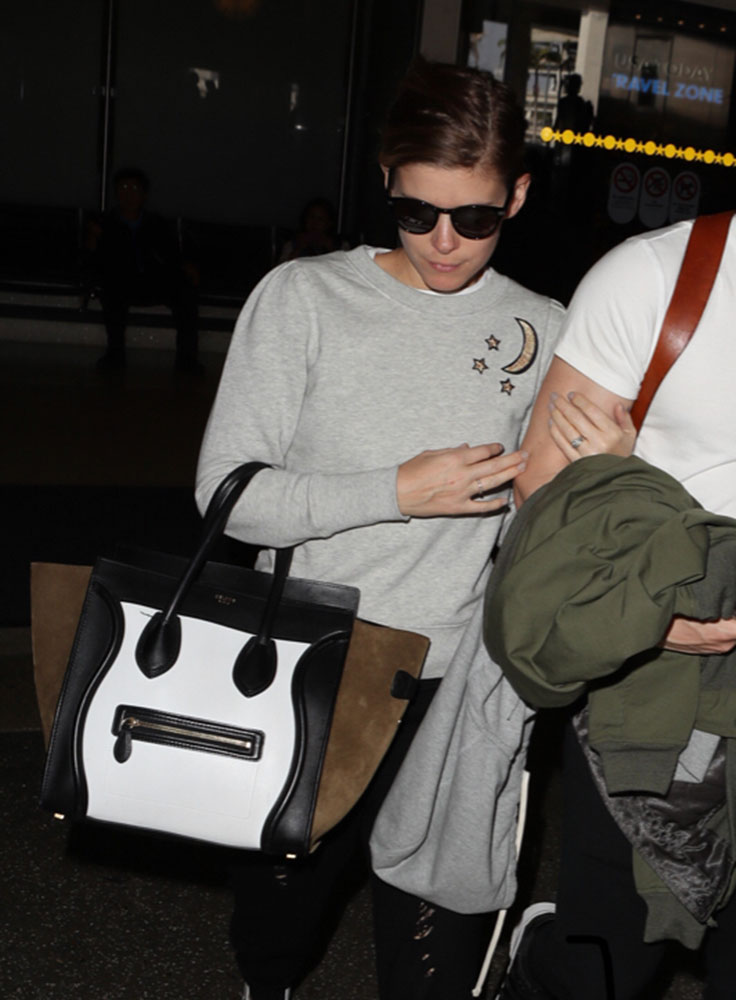
More generally—and unsurprisingly—black handbags “always do well,” as do most types of chocolate-colored ones. In terms of of-the-moment, Cherney reveals that “chocolate-y” browns seem to be a bit more popular than the more caramel-looking hue that has dominated the scene for the past few years.
Brand
Although all the above mentioned factors clearly contribute to the potential for long term usage of each purse, specific brands obviously tend to affect the legacy of a bag arguably more than anything else. The Louis Vuittons, Guccis, Hermès and Diors of the world will always retain value simply because they project a certain class, social and financial mobility.
In fact, bags with logos on them—instantly recognizable—tend to stay in vogue for longer than more anonymous ones. “I think that people who want to show that they carry that brand, it means a lot to them to [have the recognizable logo on it],” advances Cherney. Examples include the Gucci Soho bag (boasting the brand’s signature Gs) and the iconic monogram pattern that is literally splattered across certain Louis Vuitton bags.
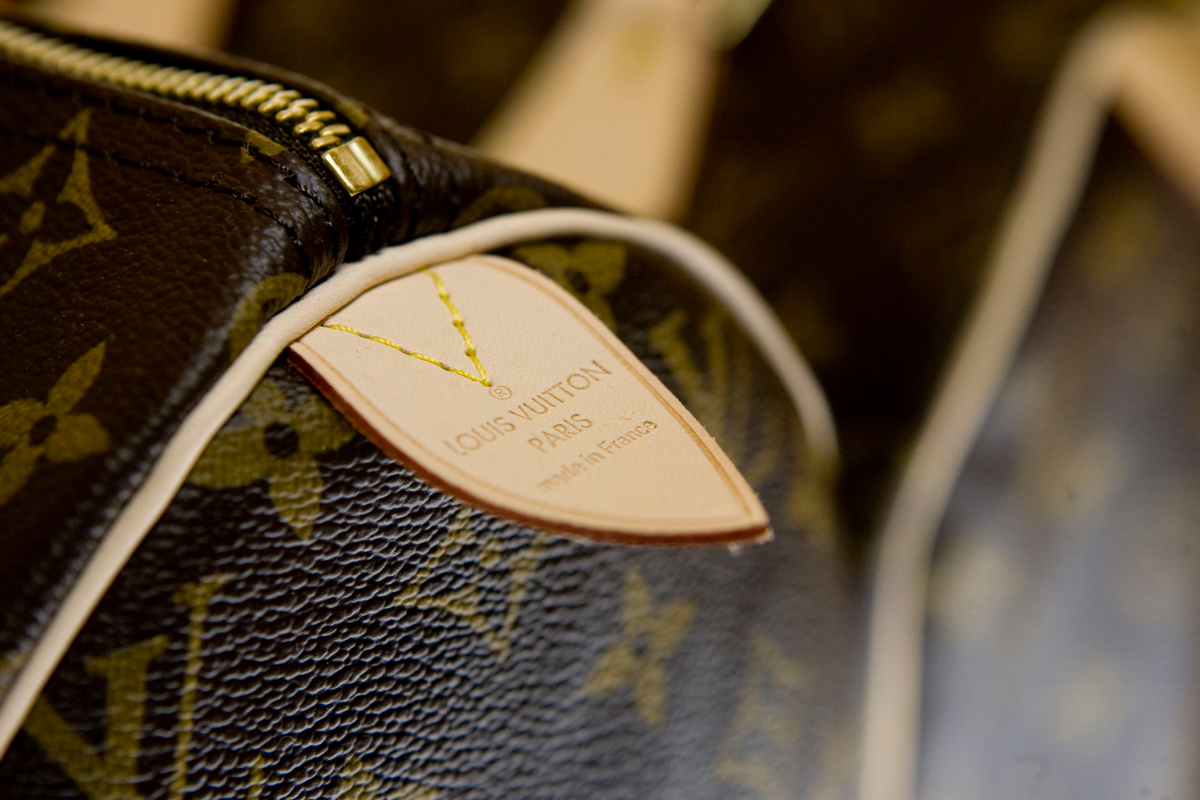
Cherney explains that wearers seek the attention that comes with the recognition of the bag. “They want somebody on the street to know immediately that they’re carrying a luxury item,” she says. That concept is made more readily apparent when the expert compares more expensive and luxurious tote bags with the almost identical, but cheaper, versions brought forward by the likes of Michael Kors and Kate Spade. Although serving the same function and virtually looking the same, they don’t do as well in terms of retaining their value and public interest as Louis Vuittons and Guccis, for example.
Whether our own devotion to a brand is what has indirectly ballooned the prices of the very products we strive to be able to afford is a conversation that, perhaps, the fashion industry should lead. One thing is for certain, though: the better we care for our products, the longer we’ll be able to use them—no matter who produced them in the first place.

